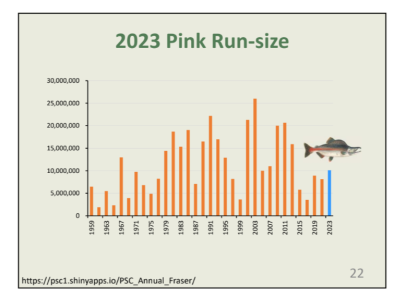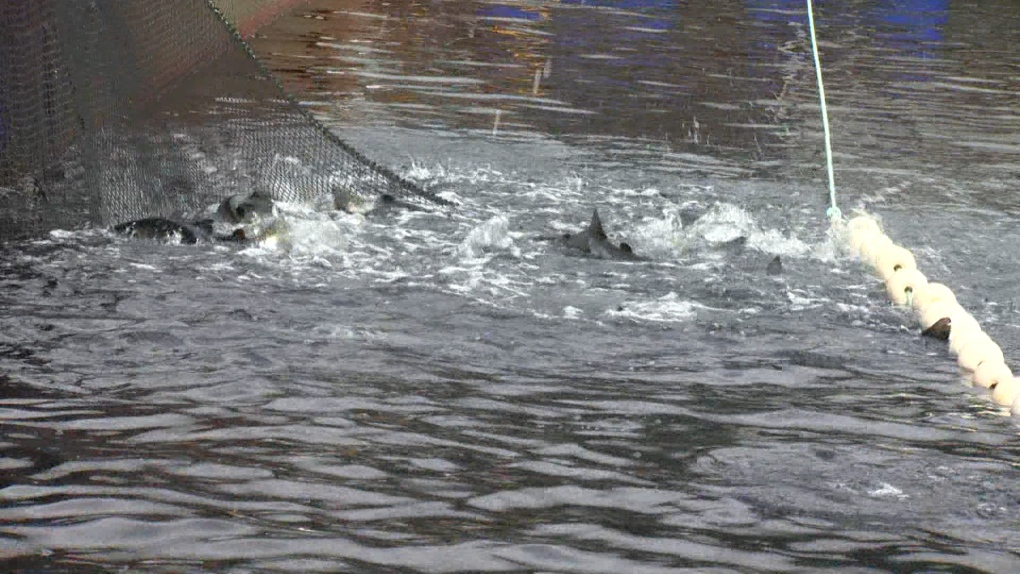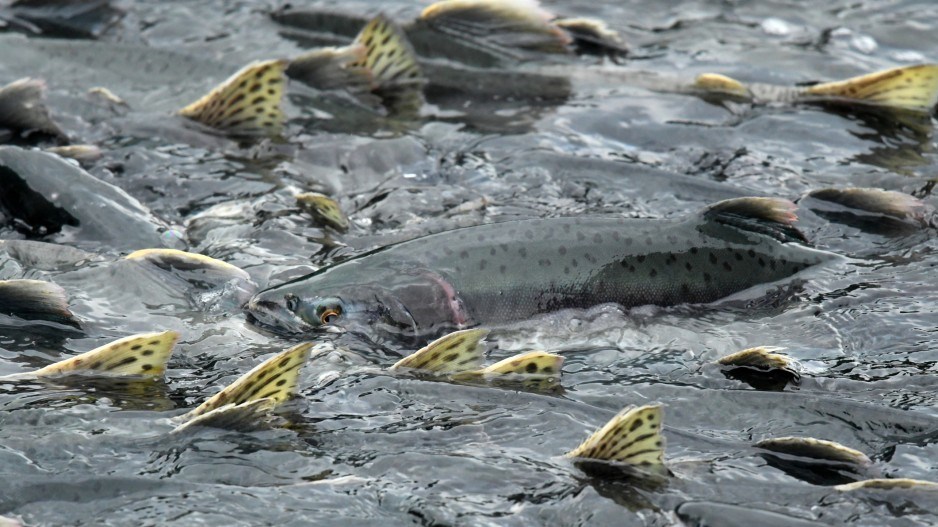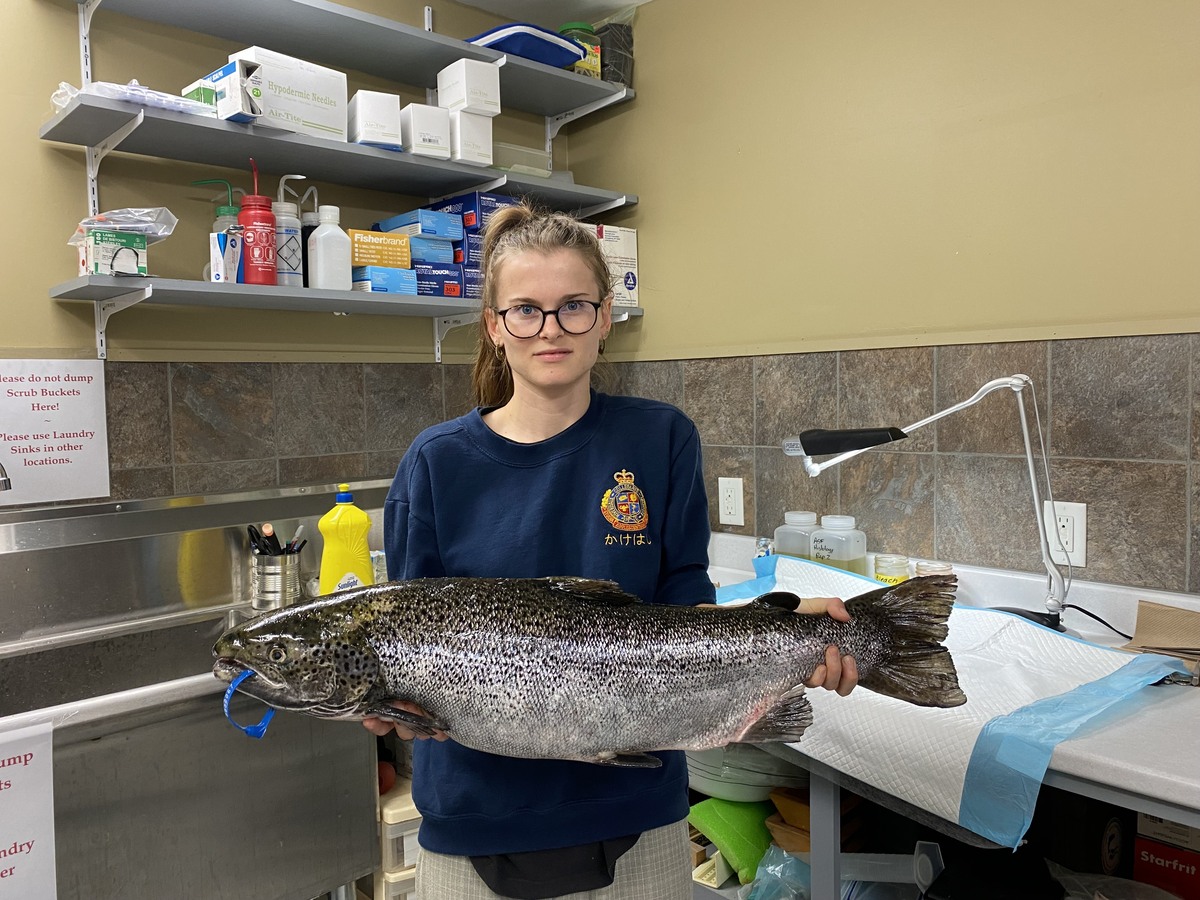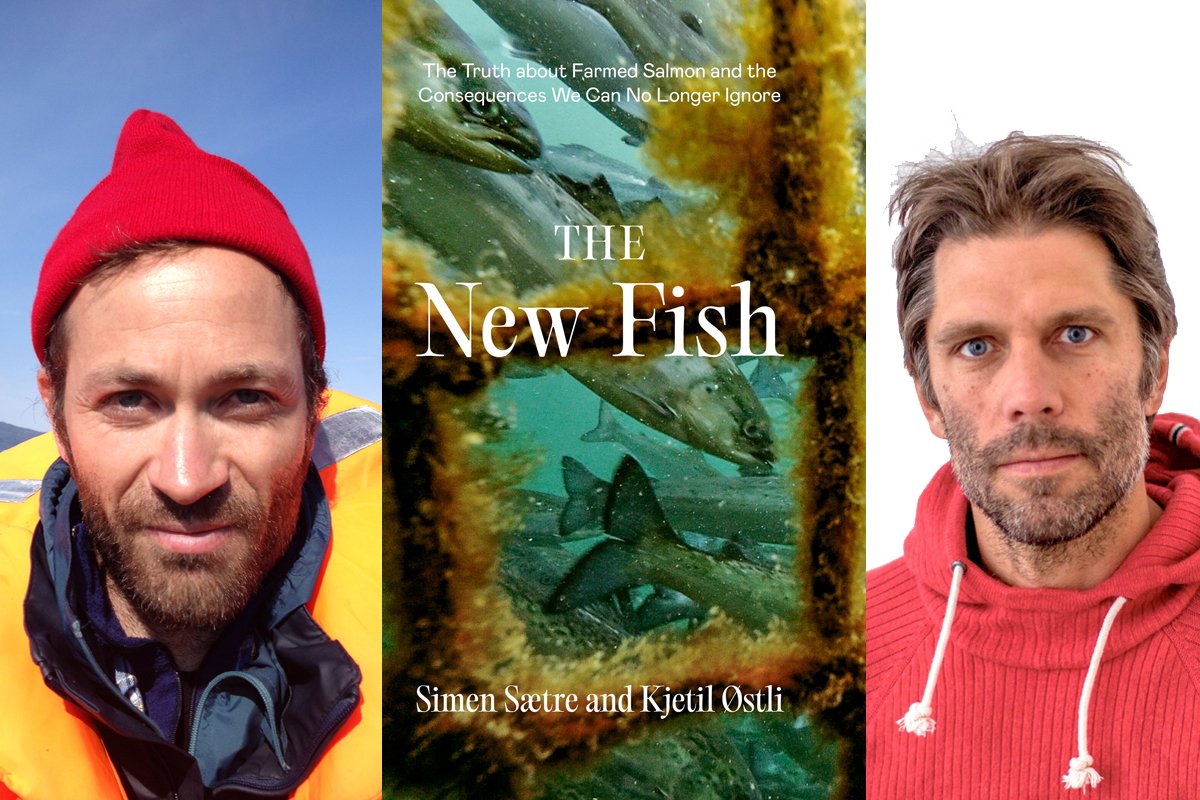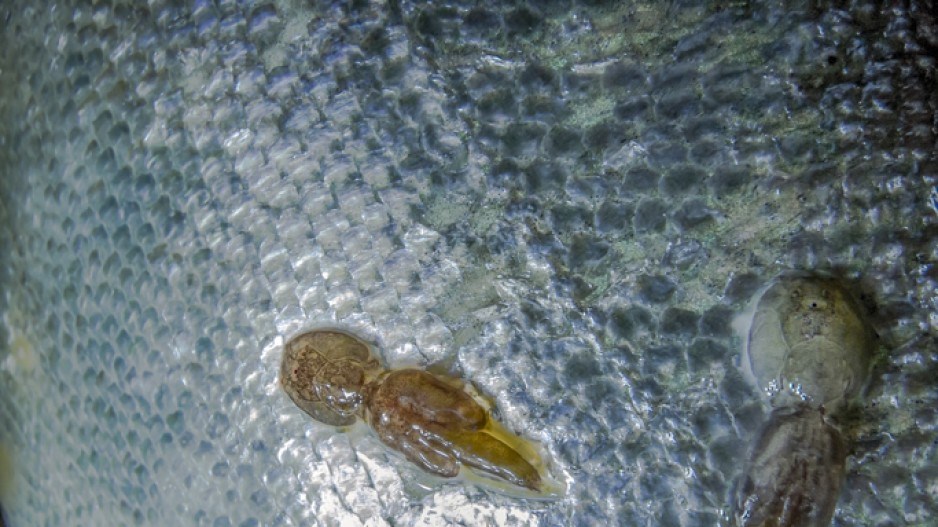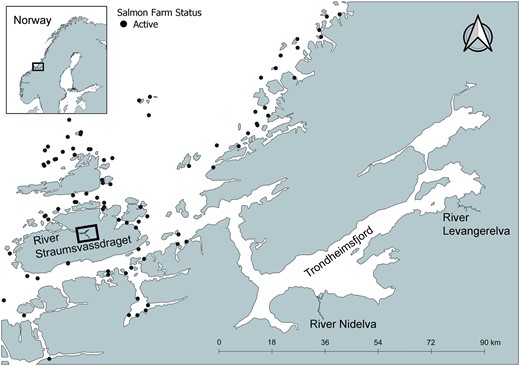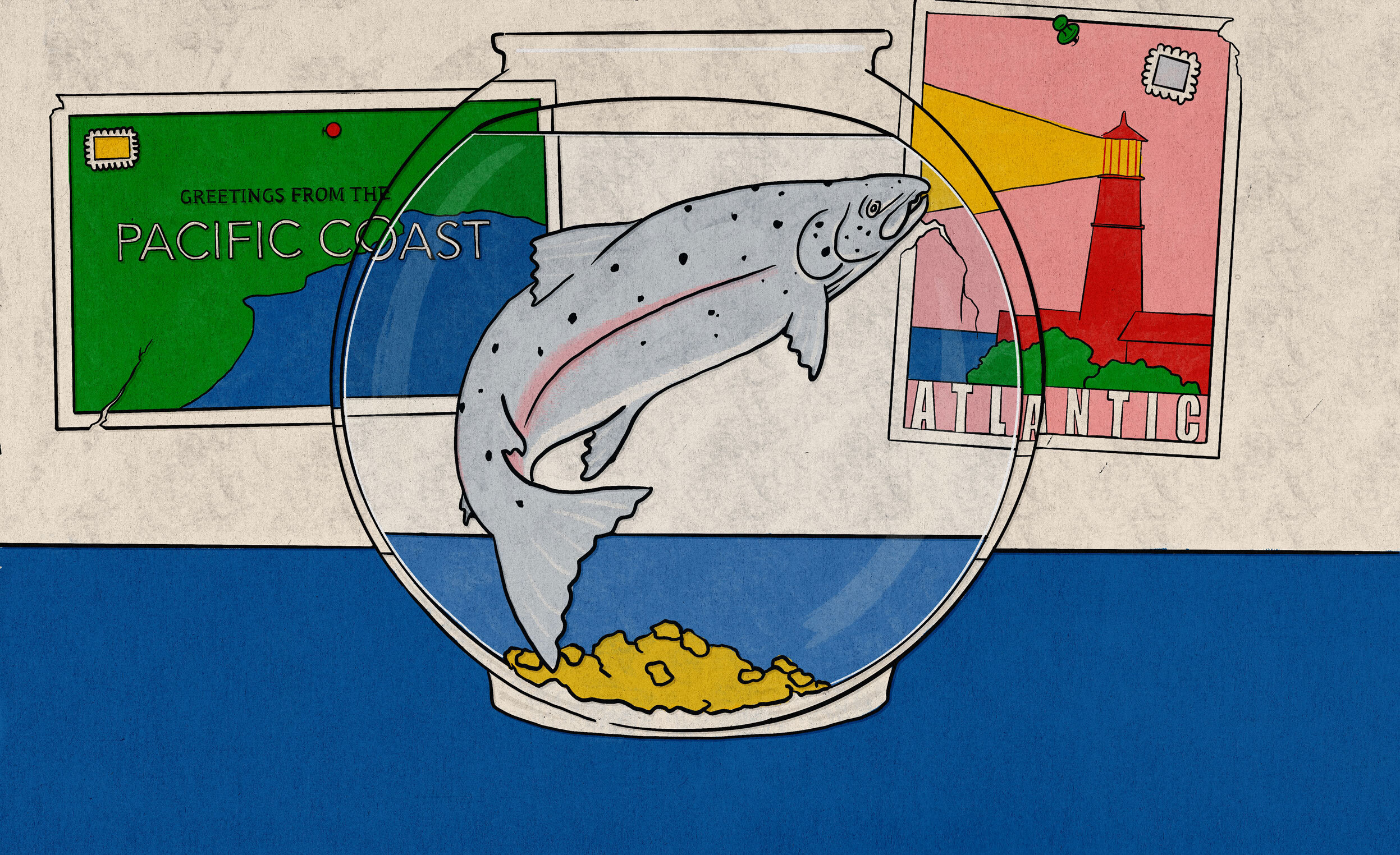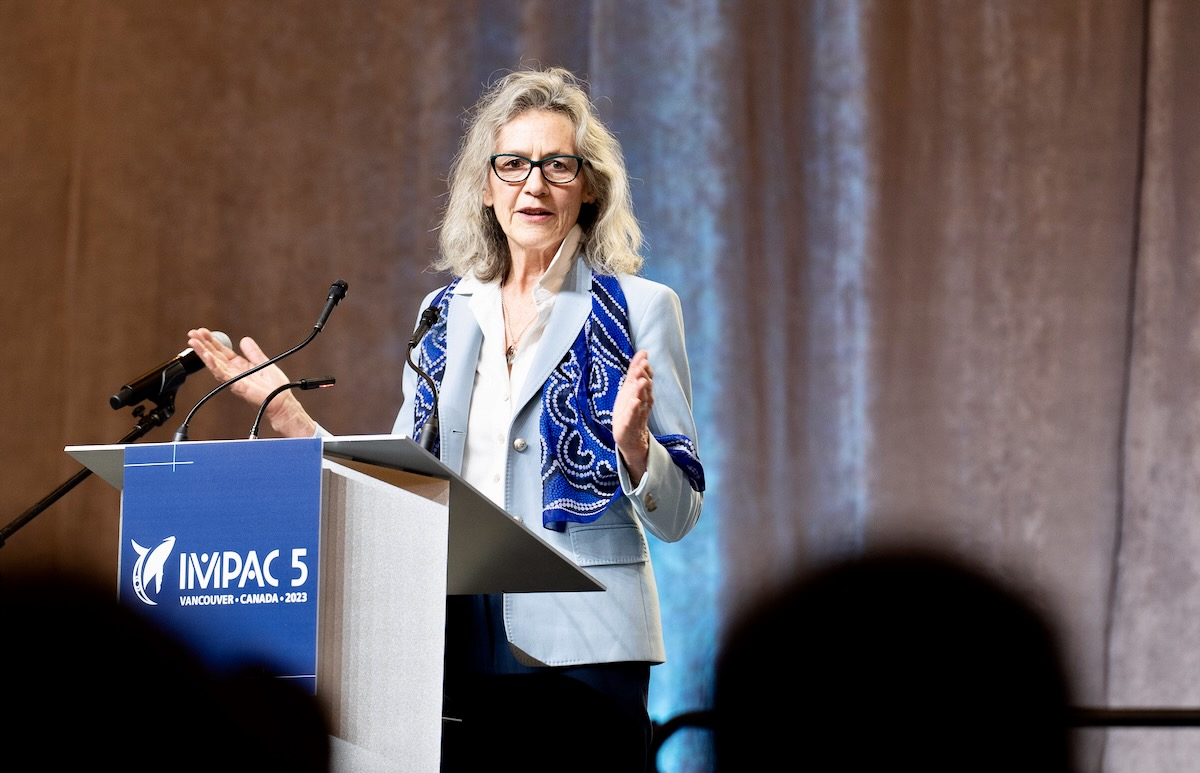wildmanyeah
Crew Member
what does this tell you....fact...
the pink salmon returning to the Fraser River this summer are the first runs that migrated past the closed Discovery Islands farms from the river where they were born to the Pacific Ocean and now back to the Fraser to spawn.
“Those pinks that went out, they didn't have fish farms in their path,”
The average return of pink salmon Fraser is around 11.4 million.
While upgraded to 20 million from a preseason forecast of 6.5 million it has been down graded to 15 million and potentially will see another down grade as about 10 million pinks have now been accounted for in escapement + harvest.
Witch means we are potentially looking at an average pink return this year for the Fraser.
And below recent years like 2013.


